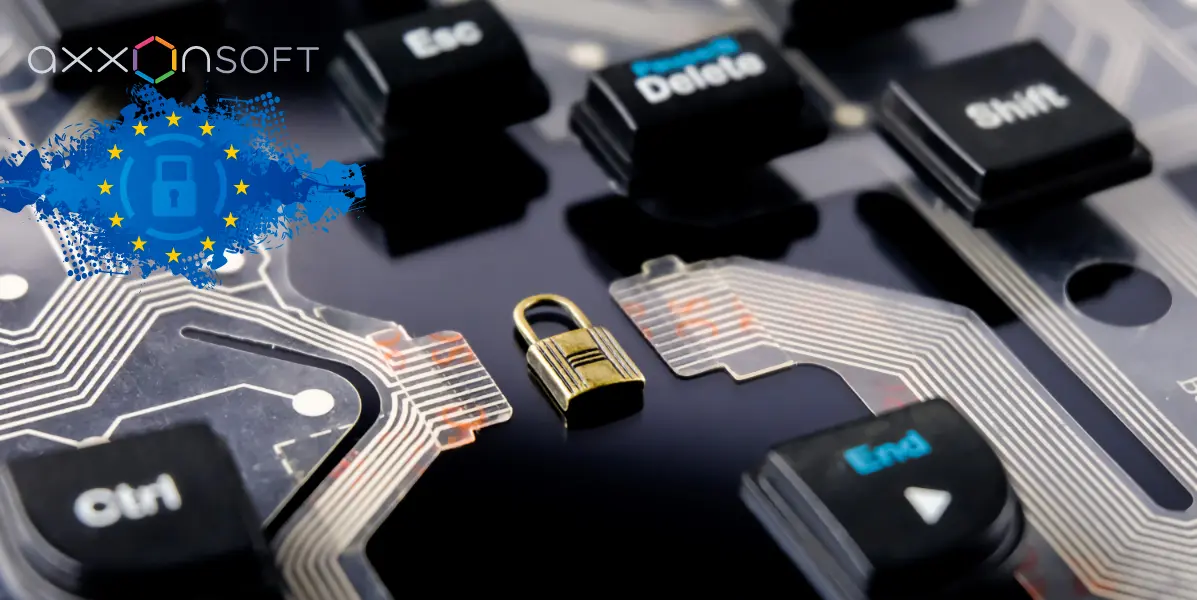AxxonSoft Meets the Requirements of the NIS

AxxonSoft is a leading developer of Video Management Software (VMS) and Physical Security Information Management (PSIM) software and is committed to the highest security and IT industry standards. Even though Article 26 of NIS2 appears to exert extraterritorial jurisdiction over certain categories of entities that are not linked with AxxonSoft directly, and as it is important for company partners, system integrators, end users, and regulators to know that AxxonSoft complies with the requirements of the European Union (EU) Network and Information Security Directive (NIS2) 2022.
The Directive on measures for a high common level of cybersecurity across the Union (NIS2 Directive) is a European Union Directive that aims to enhance the overall level of cybersecurity across the Union by strengthening the security requirements for essential and risk-diversified entities in the energy, transport, healthcare, digital infrastructure, and waste management, postal and courier services, manufacturing, and food sectors. It was adopted on 14 December 2022 and entered into force on 27 June 2023. Member states have two years to transpose the directive into national law.
The NIS2 Directive applies to all companies, suppliers and organizations, including non-EU entities that provide essential services in the EU. Entities falling within the scope of the Directive will face stricter cybersecurity requirements, and in case of non-compliance, they may be subject to administrative fines and the revocation of their licenses. Stricter requirements mean that your organization must establish precise risk management, control, and oversight plans.
Compliance with the NIS2 Directive includes a range of measures and obligations for organizations that provide essential services or operate in critical sectors. These measures aim to enhance the cybersecurity posture of these organizations and protect them from potential cyberattacks. Here's a summary of the key aspects of NIS2 compliance:
- Risk Management: Organizations must implement a comprehensive risk management framework to identify, assess, and manage their cybersecurity risks. This includes conducting regular risk assessments, implementing risk mitigation strategies, and continuously monitoring and reviewing their risk profile.
- Incident Reporting: Organizations must promptly report cybersecurity incidents to the relevant national authorities. The reporting requirements include providing detailed information about the incident, its potential impact, and the measures taken to address it.
- Supply Chain Security: Organizations must establish measures to secure their supply chains and ensure the cybersecurity of their suppliers and partners. This may involve conducting supplier risk assessments, implementing contractual obligations for cybersecurity compliance, and monitoring supplier activities.
- Access Control: Organizations must implement robust access control mechanisms to restrict access to critical information and systems. This includes enforcing strong password policies, implementing multi-factor authentication, and granting access based on the principle of least privilege.
- Vulnerability Management: Organizations must implement a vulnerability management program to identify, assess, and remediate vulnerabilities in their systems and software. This includes regular vulnerability scans, prioritization of vulnerabilities based on risk, and timely patching of vulnerabilities.
- Security Awareness and Training: Organizations must provide cybersecurity awareness and training to their employees to educate them about cyber threats, safe practices, and incident reporting procedures. Regular training helps employees recognize and respond to potential cyberattacks.
- Business Continuity and Crisis Management: Organizations must have plans in place to maintain business continuity and respond to cybersecurity crises. This includes establishing backup and recovery procedures, testing crisis management plans, and ensuring effective communication during crisis situations.
- Compliance Audits and Inspections: Organizations must be prepared for audits and inspections by national authorities to verify compliance with NIS2 requirements. Regular self-assessments and audits can help identify potential gaps and ensure proactive compliance.
AxxonSoft constantly works on aligning with all the specified requirements, studying and implementing the latest methodologies and technologies for ensuring information security.
Compliance with NIS2 is an ongoing process that requires continuous evaluation, improvement, and adaptation to evolving cybersecurity threats. At AxxonSoft, we are sure, that by prioritizing cybersecurity risk management and adherence to NIS2 requirements can significantly enhance our resilience against cyberattacks and protect our critical assets and data.
블로그로 돌아가기